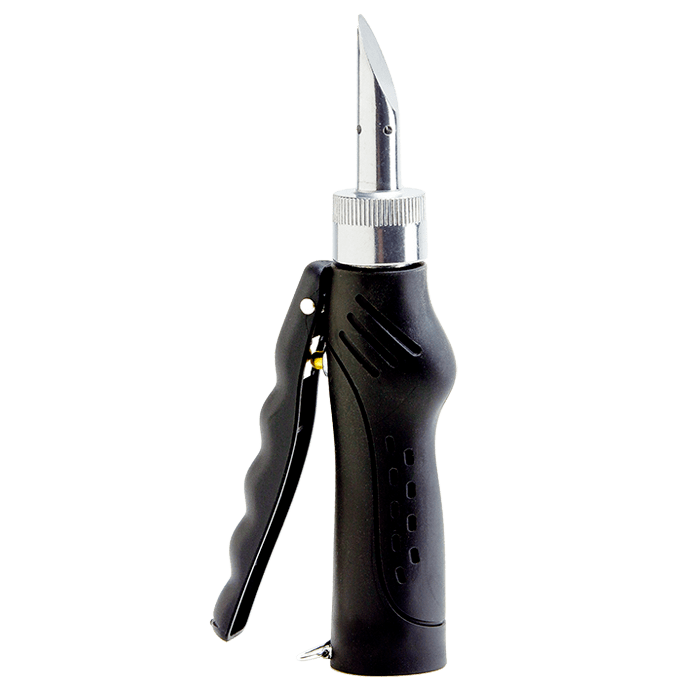As a DIY enthusiast or a professional handyman, you have probably encountered many steel drilling projects that require the right tools. If you’ve tried working on steel before, you know how different it is compared to other materials. Steel is a tough material that requires specialized tools, particularly drill bits. Without high-quality drill bits for steel, getting precise holes can be challenging or impossible.
Here are some tips to help you find the best drill bits for steel to make your metalworking projects more successful.
Tip #1: Determine the Type of Steel You Will Be Drilling
Steel is not only tough but also comes in different types. The steel’s hardness level can vary depending on factors such as the carbon content and other added elements. Before you begin your steel drilling job, it’s essential to know the type of steel you’ll be working on. Doing so helps you select the correct drill bits for steel.
As a rule of thumb, the harder the steel, the higher the speed and torque you need for the drill bit. Look for drill bits with carbide tips or tungsten construction for better performance.
Tip #2: Check the Drill Bit Shank Size
The shank size of the drill bit is crucial when drilling into tough materials like steel. The size of the shank is the part of the drill bit that fits into the drill chuck. When working on steel, it would be best to use a drill bit with a shank size of ½ inch or larger.
The larger the shank, the stronger and more secure the connection is between the drill bit and the drill chuck. A snug and secure fit lessens the likelihood of the bit spinning within the chuck. Check the drill chuck’s capacity and the drill bit’s shank to ensure they are compatible.
Tip #3: Select the Right Drill Bit Point Angle
The drill bit point angle is also an important consideration when selecting the right drill bits for steel. The point angle is the angle formed by two cutting edges of the drill bit. When drilling steel, you need drill bits with a sharp point angle for more efficient cutting and less friction between the bit and the metal.
The ideal point angle for a drill bit for steel is 135 degrees. A higher point angle provides more strength to the bit, but it also generates more heat. A lesser point angle, on the other hand, is more suitable for softer steels and prevents overheating.
Tip #4: Look for Specialty Drill Bits
For specialized steel drilling or specific projects, you may need to consider using specialized drill bits for steel. Examples of these include cobalt, black oxide, or titanium drill bits. Cobalt steel bits are wear-resistant and can work with high temperatures. Black oxide drill bits are less-flexible and provide long-lasting durability. Titanium bits are ideal for corrosion-resistant drilling and last longer than ordinary bits.
Tip #5: Choose the Right Cutting Angle
The cutting angle of a drill bit is the angle between the chisel edge and the centerline of the drill bit. A low cutting angle, typically 90 degrees, is ideal when drilling brass, aluminum, and other soft materials. For steel drilling, high-speed steel HSS bits with a cutting angle of 118 degrees are the most common choice.
It’s also important to note that a drill bit’s cutting angle determines its speed and efficiency. A higher angle provides higher speed, but lower efficiency. A lower angle, on the other hand, provides more efficiency but at a slower speed.
Finding the right drill bits for steel depends on several factors, including the steel’s type, the shank size, the point angle, the cutting angle, and the use of specialty bits. With the tips above, you can select the best drill bits for your steel drilling project and achieve better results. Happy drilling.






